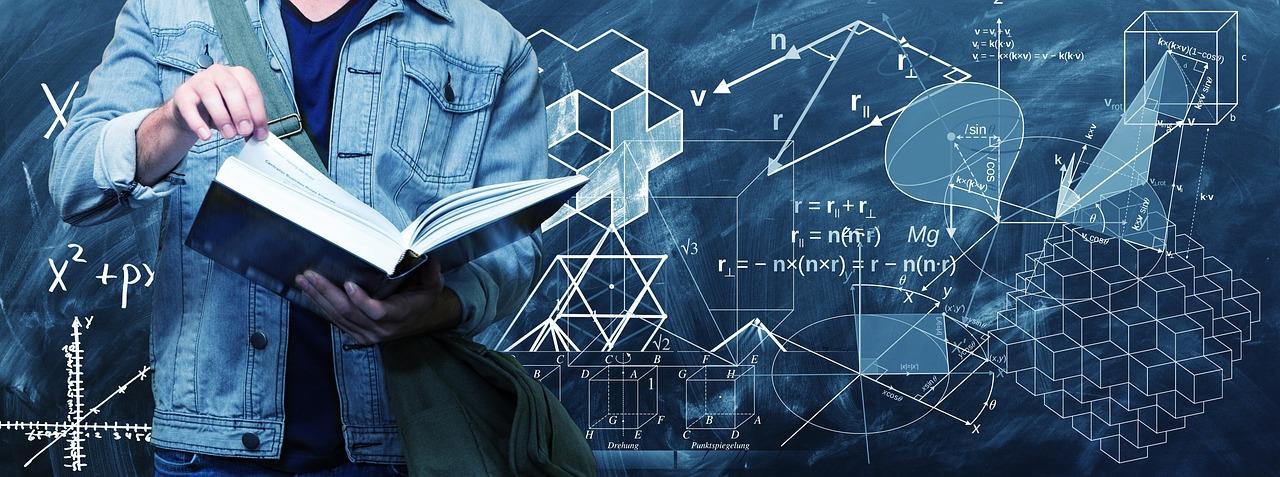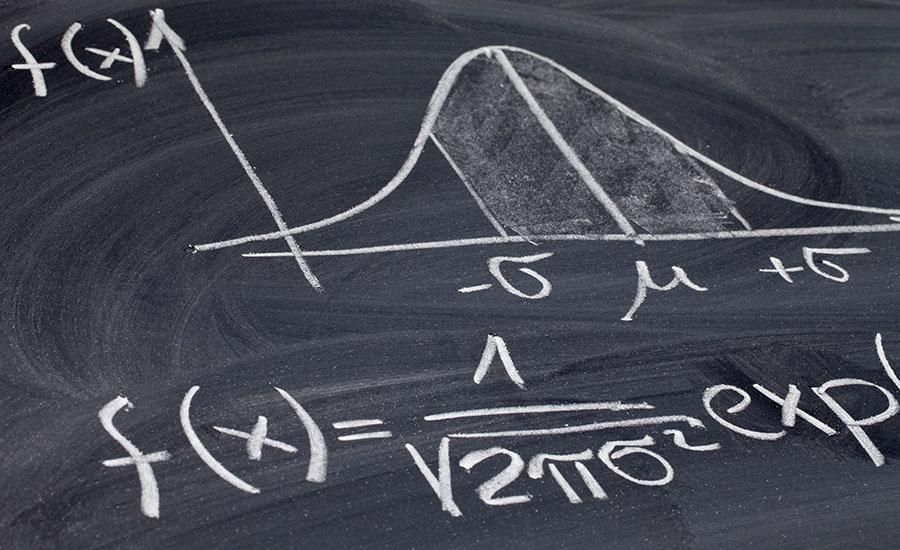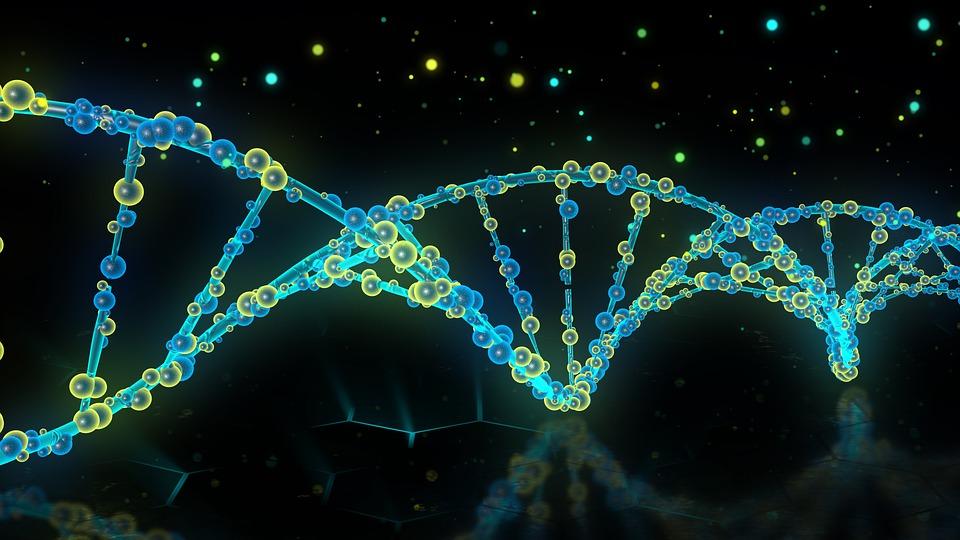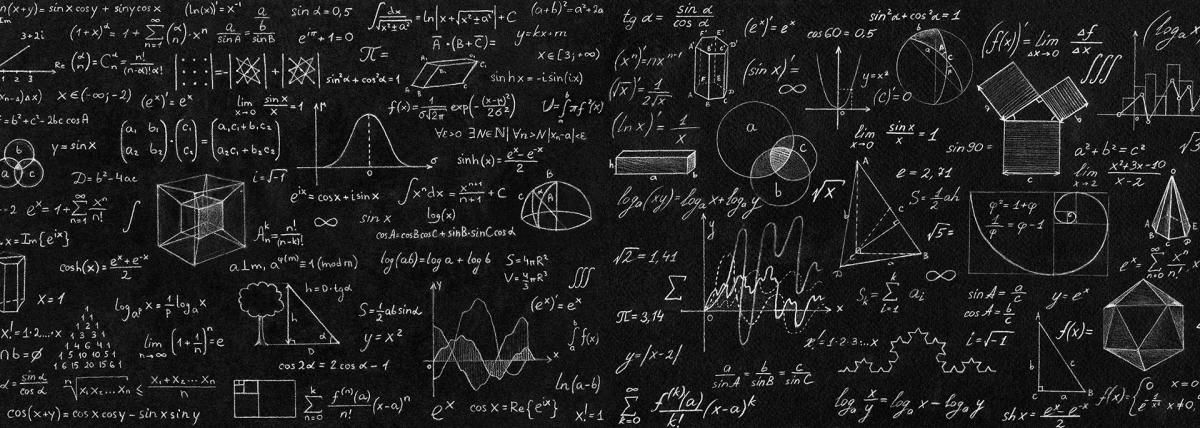
Human Dot Plot - Part 2
by Laura Richmond
This is a continuation lesson in which we compare student data to the previous day's data using GeoGebra to help us generate dot plots and calculate statistics.
Lesson Plan Link/URL
https://docs.google.com/presentation/d/1ClNG_1KfLDBDOGXfTQr90-na3HmHkS1J/edit?u…Related Content

Grades:
7th Grade, 8th Grade, 9th Grade, 10th Grade, 11th Grade, 12th Grade
Students will build the distance formula in a spreadsheet to create a sort of "calculator." Students begin by comparing standard math notation with spreadsheets, then practice programming simple math

Grades:
9th Grade, 10th Grade, 11th Grade, 12th Grade
The students receive a sample population of "bears" and use the colors and ratios to determine the genotypes of the captive bears and their parents.

Grades:
9th Grade, 10th Grade, 11th Grade, 12th Grade
This is a two-day introductory lab exercise using video analysis to derive the equations that govern projectile motion. It employs elements of Modeling Instruction to engage students in doing science.